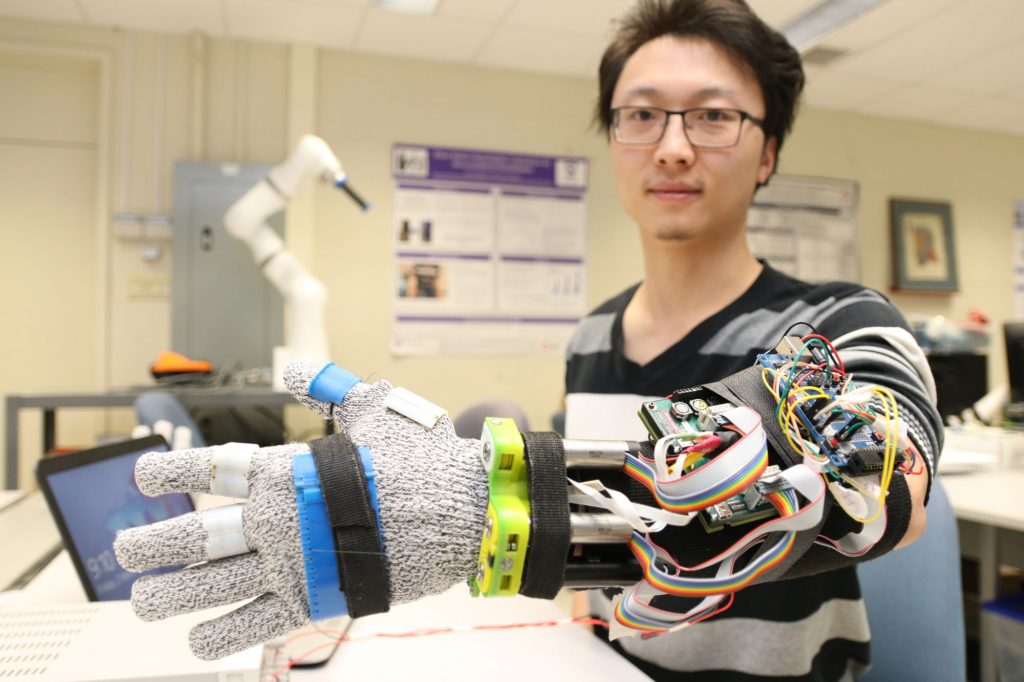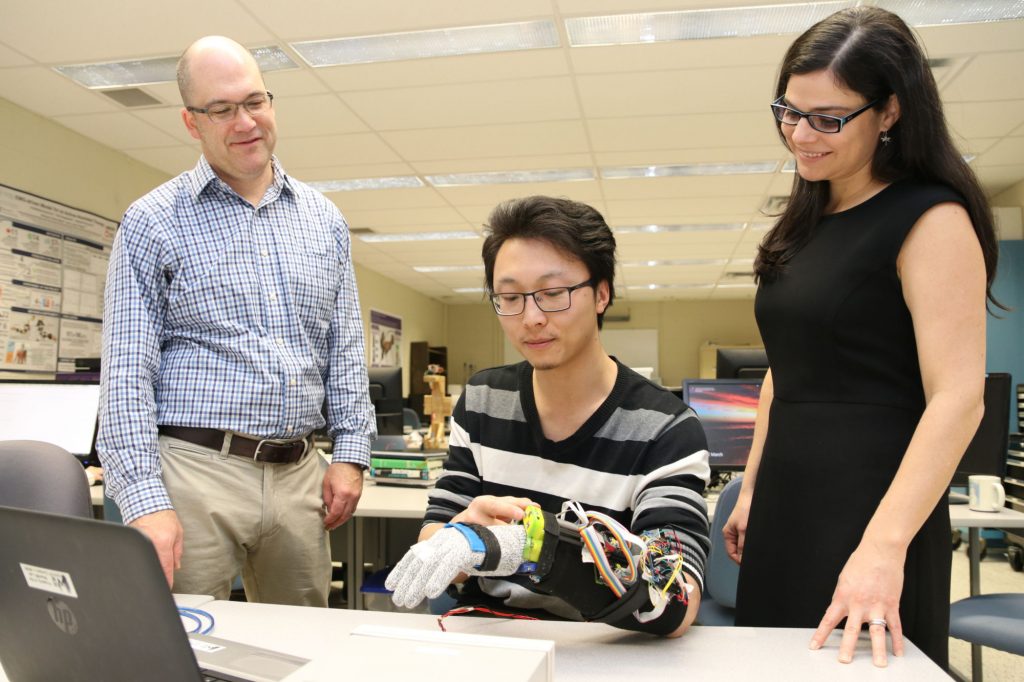Researchers at Western University have developed a prototype tremor suppression glove, using 3D printing for its key components.
Tremors are a range of involuntary movement disorders, affecting over 25% of the 6 million people suffering from Parkinson’s. Current treatments for the condition simply try to manage the tremors and include Ropinirole HCl, a drug that has recently been successfully 3D printed.

Restoring Independence to Parkinson’s Patients
The new wearable technology has the potential to restore a degree of independence to Parkinson’s patients affected by tremors. Tremors are particularly detrimental to fine motor control, and have an exaggerated effect on patient’s fingers. This makes actions such as “buttoning a shirt” or “even drawing” difficult says Ana Luisa Trejos, an Electrical and Computer Engineering professor at Western University in Ontario Canada, whose team developed the glove.

Previous suppression devices have treated tremors by constraining all movement, greatly inhibiting any precise movement. The glove is an improvement on previous devices because it is able to track the user’s voluntary movements, distinguishing them from tremors “so if a person is trying to accomplish a particular task, the glove allows the action to happen whilst minimizing the tremor”.
Custom fit through 3D printing
The glove was designed to fit the left hand of Yue Zhou, a doctoral student at Western who also 3D printed the glove’s key components. Leveraging the benefits of wearable technology and 3D printed components, future patients will have gloves with a custom fit for their hands.
The glove is one of the latest to use 3D printing to improve the fit and cost of manufacturing prosthesis, a trend that is poised to revolutionise the options available to amputees. One manufacturer, Ambionics, has recently begun clinical trials for 3D printed prosthesis for children under the age of three.
Vote now in the 2018 3D Printing Industry Awards.
For all the latest 3D printing news – subscribe to the 3D Printing Industry newsletter, follow us on Twitter, and like us on Facebook.
The 3D Printing Industry Jobs is live. Post a job or discover your next career move now.
Protolabs is sponsoring the 2018 3D Printing Industry Awards design competition.Submit your entries now with the chance of winning a 3D printer.

